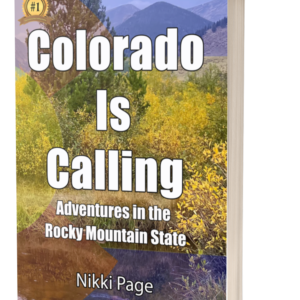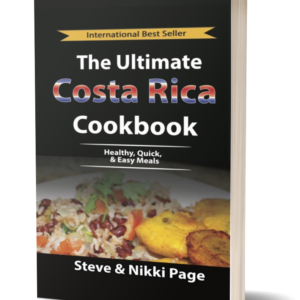Traveling to India is a unique and fascinating experience that I would recommend to anyone who loves immersing themselves in new cultures. India is a country of contrasts, where ancient traditions and modern technology coexist in a vibrant and colorful society. From the bustling streets of Delhi to the serene backwaters of Kerala, India offers a wealth of sights, sounds, and experiences that will leave you breathless.
One of the things I love most about traveling to India is the food. Indian cuisine is world-renowned for its delicious flavors, fragrant spices, and vegetarian options. Whether you're a fan of spicy curries, crispy dosas, or sweet lassi, there's something for everyone in India. And the best part? The food is incredibly affordable, so you can indulge in all your favorite dishes without breaking the bank.
Of course, traveling to India can also be a challenge, especially if you've never been before. The country can be overwhelming, with its chaotic traffic, crowded streets, and diverse cultural norms. However, with a little bit of preparation and an open mind, you'll soon discover that India is a welcoming and hospitable country that will leave a lasting impression on your heart.
Getting Ready for Your Trip
Visa Requirements
Before traveling to India, it's important to research and obtain the necessary visa for your trip. As a US citizen, I applied for an e-Tourist visa, which can be easily obtained online. The process was simple and only took a few days to receive my approved visa via email.
It's important to note that visa requirements vary depending on your country of origin and the purpose of your trip. Make sure to check the Indian government's official website for up-to-date information on visa requirements and application procedures.
Vaccinations
Another important aspect of preparing for your trip to India is ensuring you have the necessary vaccinations. I consulted with my doctor and received vaccinations for Hepatitis A, Typhoid, and Tetanus.
It's recommended to get vaccinated at least 4-6 weeks before your trip to allow time for the vaccines to take effect. Additionally, it's important to take precautions to prevent mosquito bites, as diseases such as dengue fever and malaria are prevalent in some areas of India.
Overall, it's important to do your research and take the necessary steps to prepare for your trip to India. By obtaining the proper visa and vaccinations, you can ensure a smooth and enjoyable experience.
When to Go
India is a vast country with a diverse climate, so the best time to visit depends on where you're going and what you want to do. Generally speaking, the best time to visit most parts of India is during the winter months, from November to February, when the weather is cool and dry. However, there are a few exceptions to this rule.
Weather and Climate
The climate in India varies greatly depending on the region. The northern part of the country experiences cold winters and hot summers, while the southern part of the country is hot and humid year-round. The Himalayan region experiences heavy snowfall during the winter months, making it a popular destination for winter sports enthusiasts.
If you're planning to visit the desert regions of Rajasthan or the beaches of Goa, the best time to go is during the cooler months of October to February. The monsoon season, which runs from June to September, can make travel difficult and some areas may be inaccessible due to flooding.
Festivals and Events
India is known for its colorful festivals and events, which take place throughout the year. Some of the most popular festivals include Diwali, Holi, and Durga Puja. If you're interested in experiencing these festivals, it's best to plan your trip accordingly. Diwali, the festival of lights, usually takes place in October or November, while Holi, the festival of colors, takes place in March. Durga Puja, a festival celebrated in West Bengal, usually takes place in September or October.
It's worth noting that during major festivals and events, travel and accommodation can be more difficult to arrange, and prices may be higher. However, the vibrant atmosphere and cultural experiences are well worth the extra effort.
Exploring India
India is a country full of contrasts and surprises. From the bustling cities to the peaceful countryside, there is something for everyone. In this section, I will highlight some of the top cities to visit, cultural sites and landmarks, and natural wonders that India has to offer.
Top Cities to Visit
India is home to some of the most vibrant and exciting cities in the world. Here are some of the top cities to visit:
- Mumbai - Known as the "City of Dreams," Mumbai is a bustling metropolis with a rich history and culture.
- Delhi - The capital of India, Delhi is a city of contrasts, with ancient temples and modern skyscrapers side by side.
- Jaipur - Also known as the "Pink City," Jaipur is famous for its beautiful palaces and forts.
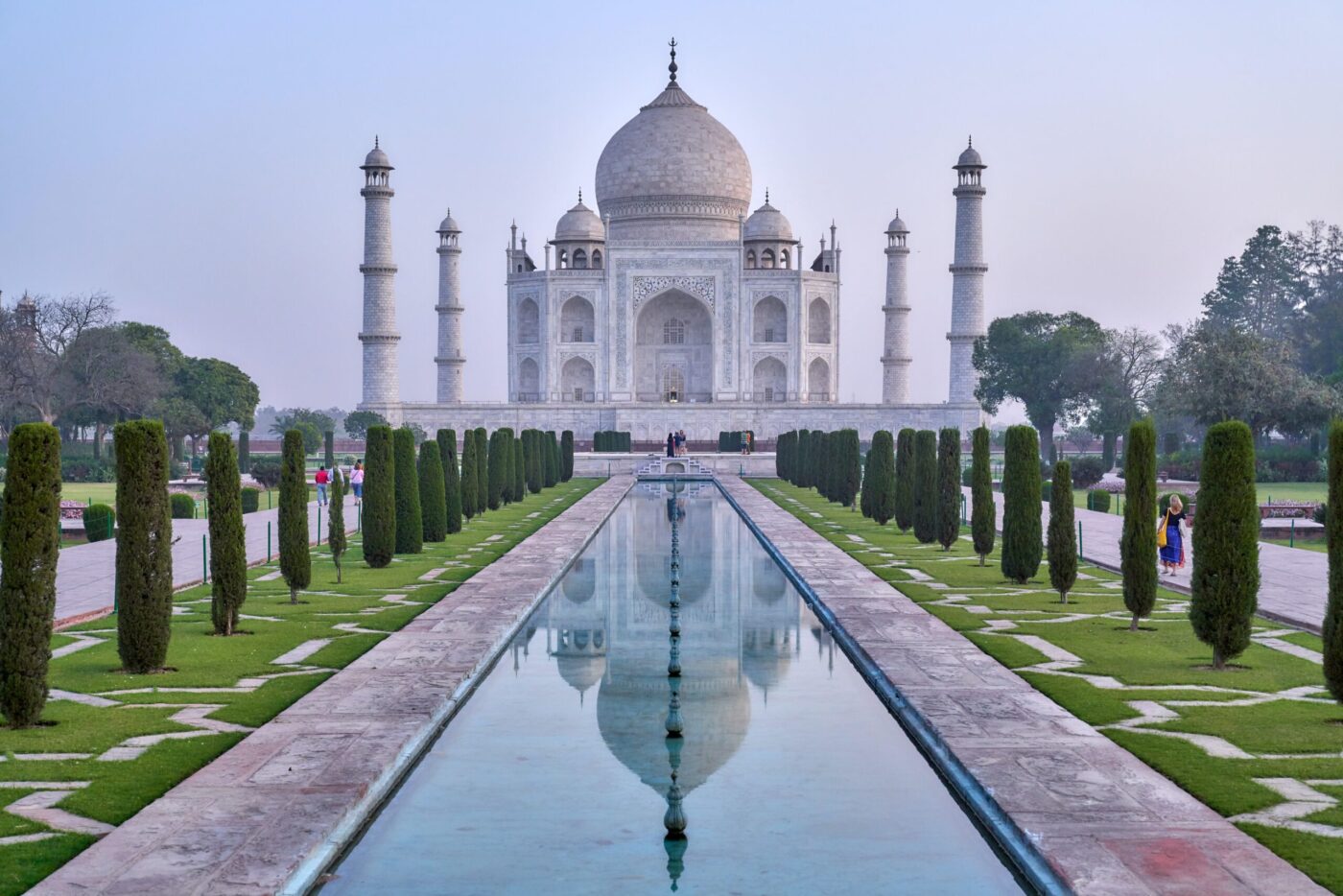
Cultural Sites and Landmarks
India has a rich cultural heritage, and there are many sites and landmarks that showcase this heritage. Here are some of the top cultural sites and landmarks:
| Taj Mahal | One of the most iconic landmarks in India, the Taj Mahal is a beautiful mausoleum built by the Mughal emperor Shah Jahan in memory of his beloved wife Mumtaz Mahal. |
| Hampi | Located in the state of Karnataka, Hampi is a UNESCO World Heritage Site that is home to the ruins of the Vijayanagara Empire. |
| Khajuraho | Famous for its erotic sculptures, the temples of Khajuraho are a testament to the artistic and architectural achievements of the Chandela dynasty. |
Natural Wonders
India is also home to some of the most beautiful natural wonders in the world. Here are some of the top natural wonders:
- The Himalayas - The highest mountain range in the world, the Himalayas are a must-visit for any nature lover.
- The Backwaters of Kerala - A network of lagoons and lakes in the state of Kerala, the backwaters are a serene and peaceful escape from the hustle and bustle of the cities.
- The Sundarbans - A vast mangrove forest that spans India and Bangladesh, the Sundarbans are home to the Bengal tiger and many other species of wildlife.
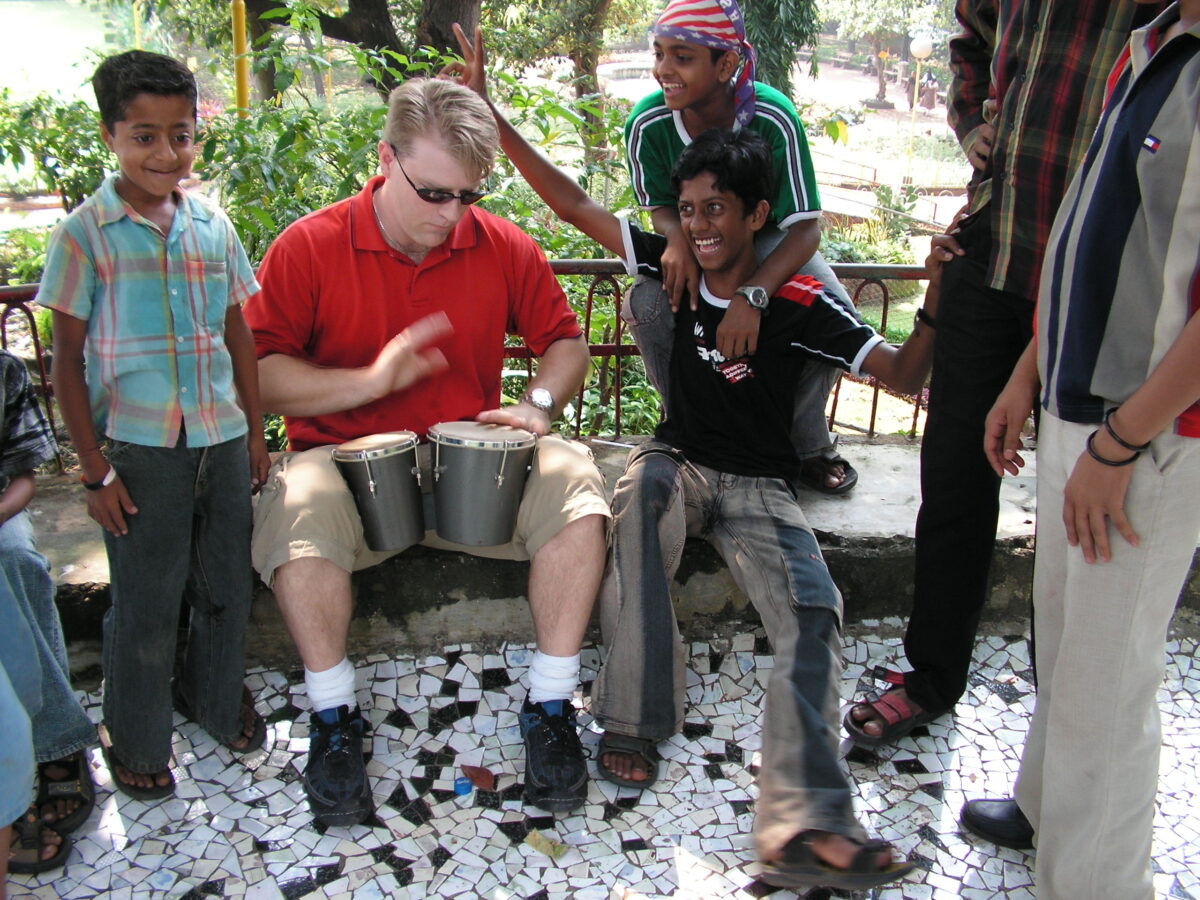
Accommodations
When it comes to accommodations in India, there are plenty of options to choose from. Depending on your budget and preferences, you can find anything from luxurious hotels to cozy homestays. Here are the two main categories of accommodations you can consider:
Hotels and Resorts
If you're looking for a comfortable and luxurious stay, hotels and resorts are the way to go. India has a wide range of hotels and resorts, from international chains to boutique hotels. Some of the most popular hotel chains in India include Taj, Oberoi, and Marriott.
When selecting a hotel or resort, it's important to consider the location, amenities, and price. Some hotels are located in the heart of the city, while others are situated in more secluded areas. Additionally, some hotels offer amenities such as swimming pools, spas, and fitness centers.
Prices for hotels and resorts vary depending on the location and amenities. Generally, you can expect to pay more for hotels and resorts in popular tourist destinations such as Goa and Rajasthan.
Homestays and Guesthouses
If you're looking for a more authentic and affordable experience, homestays and guesthouses are a great option. Homestays are accommodations where you stay with a local family, while guesthouses are similar to small hotels.
Homestays and guesthouses offer a great opportunity to experience the local culture and cuisine. They are also more affordable than hotels and resorts, with prices ranging from as little as $10 to $50 per night.
When selecting a homestay or guesthouse, it's important to consider the location, cleanliness, and safety. Some homestays and guesthouses may not have the same level of amenities as hotels, so it's important to manage your expectations accordingly.
Transportation
Traveling around India can be an adventure in itself. The country has a vast network of transportation options, ranging from buses and trains to auto-rickshaws and taxis. Here are the two main ways to get around:
Getting Around Cities
When it comes to getting around cities, auto-rickshaws are a popular choice. They are affordable, and you can negotiate the fare with the driver before getting in. However, be prepared for a bumpy ride! Taxis are also available in most cities, and they offer a more comfortable ride. Many cities also have local buses, but they can be crowded and confusing for first-time visitors.
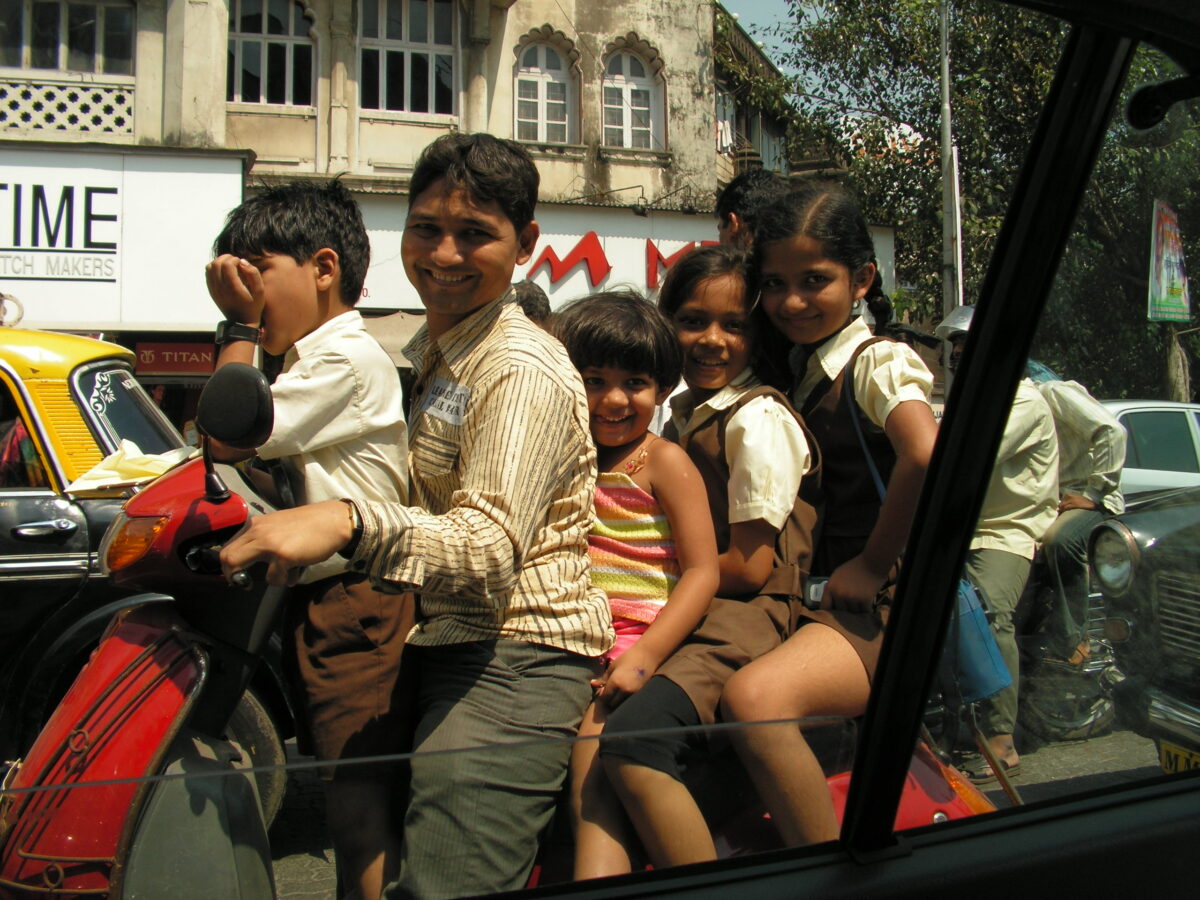
Traveling Between Cities
India has an extensive railway network, and trains are a popular way to travel between cities. They are affordable and offer a chance to see the countryside. However, booking tickets can be a challenge, especially during peak travel seasons. It's best to book in advance or use a travel agent to secure your tickets.
If you prefer to travel by road, buses are a good option. They are available in most cities and towns and offer a variety of options, from luxury coaches to local buses. However, be prepared for long journeys and bumpy roads. Private taxis are also available, but they can be expensive.
Another option for long-distance travel is domestic flights. India has a well-developed aviation industry, and flights are available to most major cities. However, they can be expensive, and you may have to deal with delays and cancellations.
Food and Drink
Regional Cuisines
India is a vast country with a diverse range of regional cuisines. Some of the most popular regional cuisines are:
- Punjabi cuisine, which is known for its rich and spicy dishes like butter chicken and paneer tikka
- South Indian cuisine, which is characterized by its use of rice, lentils, and coconut in dishes like dosa and sambar
- Gujarati cuisine, which is known for its vegetarian dishes like dhokla and khandvi
- Bengali cuisine, which is known for its fish dishes like macher jhol and shorshe ilish
Each region has its own unique flavors and ingredients, making it a must-try for any food lover.
Street Food
India is famous for its street food, which is both delicious and affordable. Some of the most popular street food items are:
| Food Item | Region | Description |
|---|---|---|
| Pani Puri | Mumbai | A crispy puri filled with spiced potatoes and served with tangy tamarind water |
| Vada Pav | Mumbai | A potato fritter sandwiched between two slices of bread and served with chutney |
| Aloo Tikki | Delhi | A potato patty served with chutney and topped with onions and spices |
| Samosa | North India | A crispy pastry filled with spiced potatoes and peas |
Street food is a great way to experience the local culture and try new flavors. However, it is important to be cautious and choose clean and hygienic food stalls.
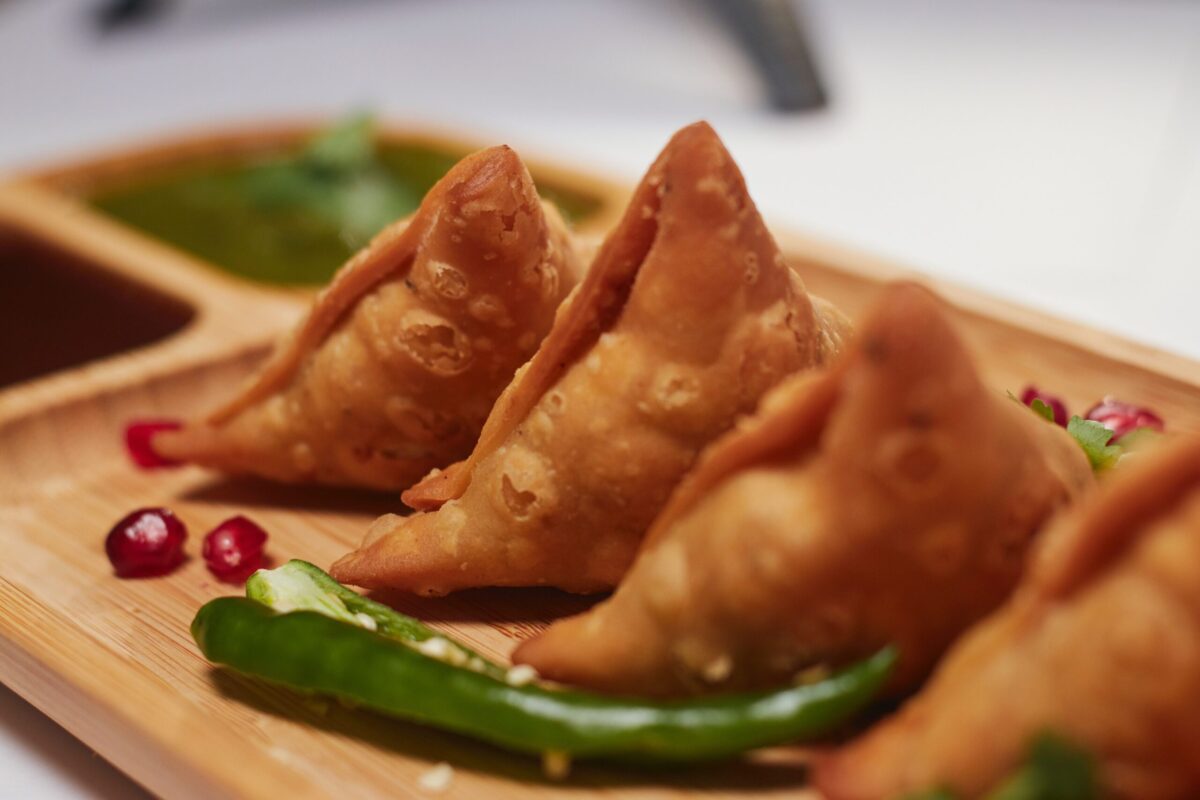
Safety and Security
Crime and Scams
While India is generally a safe country, it's important to be aware of potential scams and crimes that can occur. As a solo traveler, I made sure to stay in well-lit areas and avoid walking alone at night. I also kept my valuables close and didn't carry large amounts of cash on me.
One common scam in India is the "fake tourist office" scam, where scammers pose as tourist office employees and offer to book tours or transportation for you. It's best to book these things through reputable companies or through your hotel.
Pickpocketing can also be a problem in crowded areas, so I made sure to keep my bags zipped up and my wallet in a secure pocket. It's also important to be aware of your surroundings and avoid flashing expensive items like cameras or jewelry.
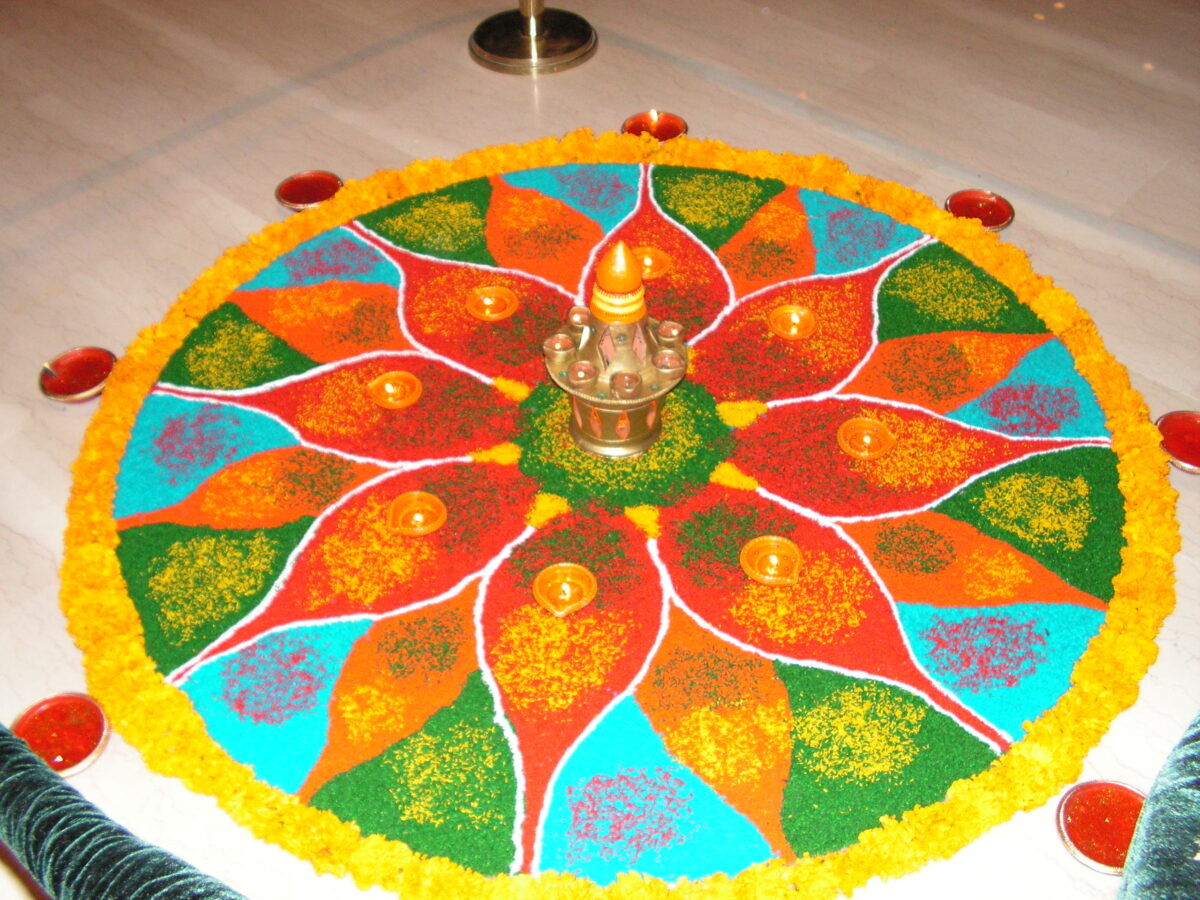
KONICA MINOLTA DIGITAL CAMERA
Health and Safety
India can be a challenging country to navigate, especially when it comes to health and safety. I made sure to research any potential health risks before my trip and got all necessary vaccinations.
When it comes to food and water, I stuck to bottled water and avoided street food. I also made sure to wash my hands frequently and carry hand sanitizer with me.
It's also important to be aware of the air quality in India, especially in cities like Delhi. I brought a face mask with me and avoided spending too much time outside during times of high pollution.
Overall, staying safe and healthy in India requires a bit of extra effort and awareness, but with the right precautions, it's a wonderful country to explore.
Conclusion
Traveling to India was an incredible experience for me. From the bustling streets of Delhi to the serene backwaters of Kerala, India is a country that truly has something for everyone.
One of the highlights of my trip was the food. Whether I was enjoying a spicy curry or a sweet dessert, every meal was a delicious adventure. I also loved exploring the country's rich history and culture, from the Taj Mahal to the ancient temples of Tamil Nadu.
Of course, India can be a challenging place to travel. The crowds, noise, and pollution can be overwhelming at times, and it's important to take precautions to stay safe and healthy. But with a bit of planning and a willingness to embrace the unexpected, I found that India was an incredibly rewarding destination.
If you're considering a trip to India, I highly recommend it. Whether you're a seasoned traveler or a first-timer, this vibrant and diverse country is sure to leave a lasting impression.


